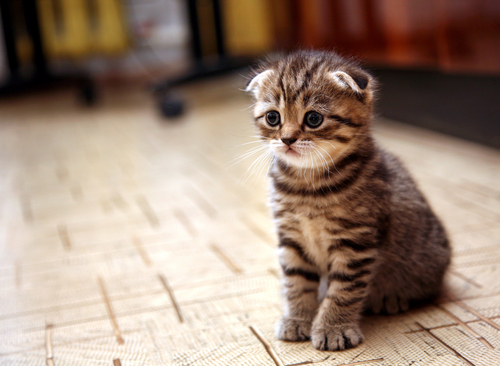
Maybe it was the strange overcast weather or perhaps it was something in the water; but within 36 hours we had four male cats hospitalized for an extremely serious veterinary emergency—urinary obstruction. This isn’t a disease cats “catch” from other cats, so having four patients within this period was odd.
This anomaly is an example of how common and dangerous a urinary obstruction can be. Without swift intervention and treatment an obstructed male cat will die.
On that strange and humid August day, a 2 year old neutered, Domestic Shorthair was brought into see Dr. Baine by his concerned owners. He was lethargic and weak and not at all acting like himself. The owners hadn’t noticed any strange litter box behavior and he had seemed fine the night before. Although symptoms can vary, blocked cats often show the following signs:
Excessive licking of the genitals
An inability to get comfortable
Howling
Repeated visits to the litter box in a short period of time with no results
During the physical exam, Dr. Baine palpated the young cat’s abdomen. Right away, Dr. Baine felt the swollen and distended bladder. Dr. Baine knew this cat needed immediate treatment.
The urethra in a male cat is extremely narrow making it more susceptible to blockage. A build up of stones or crystals can plug the urethra, easily obstructing urine flow. This condition progresses rapidly and causes a great deal of discomfort.
The buildup of pressure in the bladder is extremely painful and without treatment, the bladder can eventually rupture. As time passes chemicals are not being filtered out and toxicity levels build in the body; these toxic levels damage major organs such as the heart and kidneys. Left untreated, the cat will be poisoned to death.
As soon as this behavior is observed, it is essential to act. The longer treatment is postponed the more dangerous the condition becomes.
Normally, treatment includes anesthesia to insert a catheter which is used to flush the urethra. Often, the excess urine is withdrawn with a syringe. The catheter remains in place for at least 24-48 hours until urine begins to flow freely.
At BRVC, our doctors perform pre-operative blood work to make sure it is safe to put a pet under anesthesia. Due to the rapid progression of this medical condition, the cat’s blood levels were already dangerously high. His potassium was so high, his heart was at major risk; they could not safely anesthetize him fully. Dr. Baine had to use a local anesthesia on the cat’s lower half of his body in order to flush and empty his bladder. Even with the patient awake, the procedure was successful. He was transferred to Patient Care where two other cats were also being treated for urinary obstructions; a fourth cat would join them the next day.
Our patient needed aggressive supportive therapy due to his high blood levels. He was on heavy doses of pain medications, antibiotics, and a special drug to promote urination. For two days, he had a urinary catheter and round the clock nursing care. On the third day, after the attentive care he received at BRVC, he was finally able to go home with his mom and dad!
Cats that suffer from a urinary obstruction are more likely to have another infection. BRVC recommends’ the following steps to help decrease the chance of this condition recurring:
Prescription diet. Food specifically to help prevent the development of stones and crystals (although for some cats, this is still not enough).
Increased water consumption. This can be done by incorporating wet food into the diet as well as having multiple water bowls throughout the house.
Studies have shown that decreasing stress can also help prevent a future onset. Talk to your veterinarian about possible causes of stress for your cat—including litter boxes and boredom.







